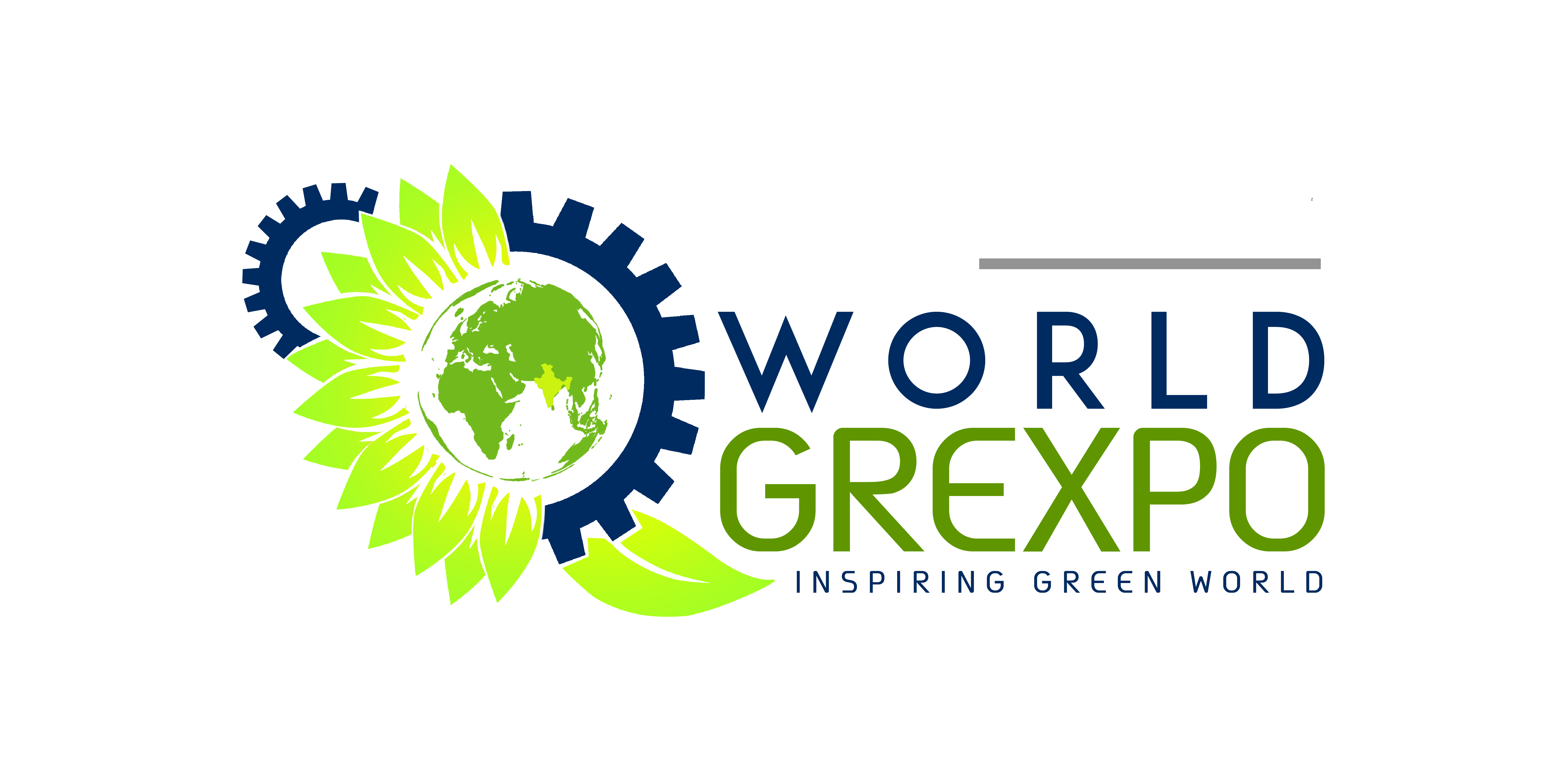Plastic & Packaging
Plastic and Packaging Plastic and packaging play a significant role in modern industries and daily life. While they offer numerous benefits in terms of convenience, durability, and cost-effectiveness, they also pose environmental and health challenges due to their widespread use and slow decomposition.
Types of Plastic Used in Packaging
1. Polyethylene (PE)
High-density polyethylene (HDPE): Used for bottles, containers, and grocery bags.
Low-density polyethylene (LDPE): Used for flexible packaging like plastic wraps and shopping bags.
2. Polypropylene (PP)
Commonly used for food containers, bottle caps, and microwavable packaging due to its heat resistance.
3. Polyethylene Terephthalate (PET)
Popular for beverage bottles and food containers; recyclable and lightweight.
4. Polystyrene (PS)
Used in disposable cups, food trays, and protective packaging like foam.
5. Bioplastics
Made from renewable sources like corn starch; includes polylactic acid (PLA) and polyhydroxyalkanoates (PHA).
Benefits of Plastic Packaging
1. Durability and Lightweight
Resistant to breaking, making it ideal for transportation and storage.
2. Cost-Effective
Cheaper to produce compared to alternatives like glass or metal.
3. Versatility
Can be molded into various shapes and sizes for diverse applications.
4. Preservation of Products
Extends the shelf life of perishable goods by protecting them from contamination and moisture.
5. Transparency
Allows consumers to see the product without opening the packaging.
Sustainability in Plastic Packaging
With growing concerns over environmental impact, the plastic packaging industry is undergoing a transformation. Efforts to make plastic packaging more sustainable are at the forefront of innovation. Key initiatives include:
Recyclability:
- Many types of plastic, such as PET and HDPE, are recyclable, and manufacturers are increasingly using recycled plastic (rPET) to reduce the demand for virgin materials.
Biodegradable Plastics:
- Advances in biodegradable plastics, such as PLA (Polylactic Acid), are opening up new avenues for packaging that can break down over time, reducing environmental waste.
Reduced Plastic Usage:
- Companies are moving toward using less plastic in their packaging by opting for thinner films, smaller containers, or multi-purpose packaging designs that minimize waste.
Eco-Friendly Alternatives:
- Alternatives to traditional plastic materials, such as plant-based plastics or packaging made from paper or cardboard, are being explored to reduce reliance on fossil-fuel-based plastics.
The Role of Packaging in Brand Identity
Packaging is not just about protecting products; it also serves as a key component of branding and marketing. Custom plastic packaging offers businesses the opportunity to enhance their brand’s image through:
Unique Designs:
Custom shapes, vibrant colors, and distinctive textures can make products stand out on retail shelves, helping attract consumer attention.
Functional Features:
Packaging that is easy to open, resealable, or portable can provide added convenience for customers, encouraging repeat purchases and enhancing user experience.
Sustainability Messaging:
Using eco-friendly materials in your packaging communicates a brand’s commitment to sustainability, which is increasingly important to environmentally-conscious consumers.
Challenges in Plastic & Packaging
Environmental Impact:
The production, use, and disposal of plastic packaging pose significant environmental challenges. Non-recyclable plastics, in particular, contribute to plastic pollution, which has led to increased calls for sustainable packaging solutions.
Cost Fluctuations:
Prices for plastic materials can fluctuate based on oil prices, supply chain disruptions, and global demand, which can affect packaging costs for manufacturers and consumers.
Regulatory Compliance:
Packaging materials, including plastics, must adhere to strict regulations regarding safety, quality, and environmental standards, depending on the industry and location.
Conclusion
Plastic packaging plays an indispensable role in today’s world by offering an array of benefits such as protection, convenience, and cost-effectiveness. With growing concerns over environmental sustainability, the industry is evolving to provide more eco-friendly options. Whether you are a business looking for custom solutions or a consumer interested in sustainable choices, plastic packaging continues to evolve, offering innovative ways to meet modern needs by focusing on durable, safe, and sustainable plastic packaging, we can address the demands of the market while keeping an eye on minimizing environmental impact and fostering responsible use of resources.

